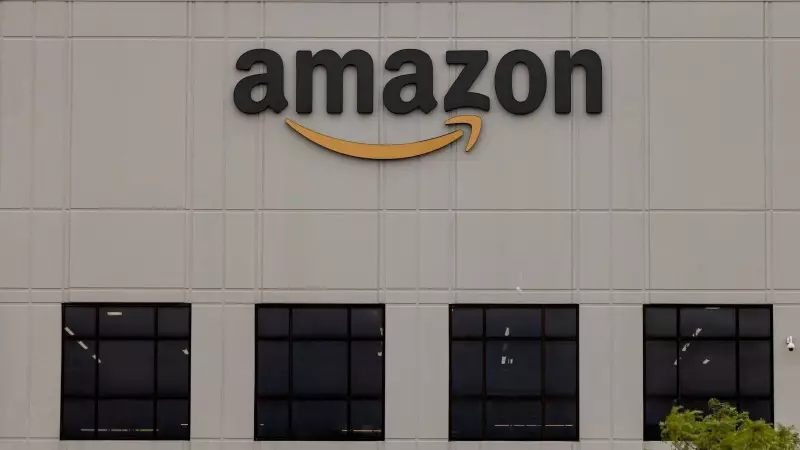
In a significant corporate restructuring move, e-commerce titan Amazon is preparing to eliminate up to 30,000 positions from its corporate workforce. This dramatic workforce reduction comes as the company confronts mounting economic pressures following an aggressive expansion phase during the COVID-19 pandemic.
The Scale of Restructuring
The planned job cuts represent one of the largest corporate workforce reductions in Amazon's history, primarily targeting corporate and technology roles rather than warehouse or delivery positions. This strategic move reflects the company's response to changing market dynamics and the need for operational efficiency.
Post-Pandemic Reality Check
During the height of the pandemic, Amazon embarked on an unprecedented hiring spree to meet surging demand for online shopping and cloud services. The company expanded its workforce dramatically, nearly doubling in size to accommodate the digital transformation acceleration. However, as consumer behavior normalizes and economic conditions tighten, this overexpansion has created significant cost pressures.
Economic Pressures Mount
Several factors are driving this strategic shift:
- Slowing revenue growth across core business segments
- Rising operational costs and inflation impacts
- Changing consumer spending patterns post-pandemic
- Increased competition in e-commerce and cloud computing
- Shareholder pressure for improved profitability
Industry-Wide Trend
Amazon's move aligns with broader trends in the technology sector, where multiple major players are implementing cost-cutting measures. The tech industry, which thrived during pandemic lockdowns, is now facing a market correction as the world returns to pre-pandemic patterns.
Strategic Implications
The job cuts are expected to be implemented across various departments and geographic locations, with a focus on streamlining operations and eliminating redundant roles created during the rapid expansion phase. Amazon leadership emphasizes that this restructuring is necessary to position the company for sustainable long-term growth.
This workforce reduction represents a pivotal moment for Amazon as it transitions from pandemic-driven hypergrowth to a more measured, efficiency-focused operational model. The company continues to invest in strategic areas while trimming excess capacity in others, reflecting the evolving nature of the digital economy in the post-pandemic era.





